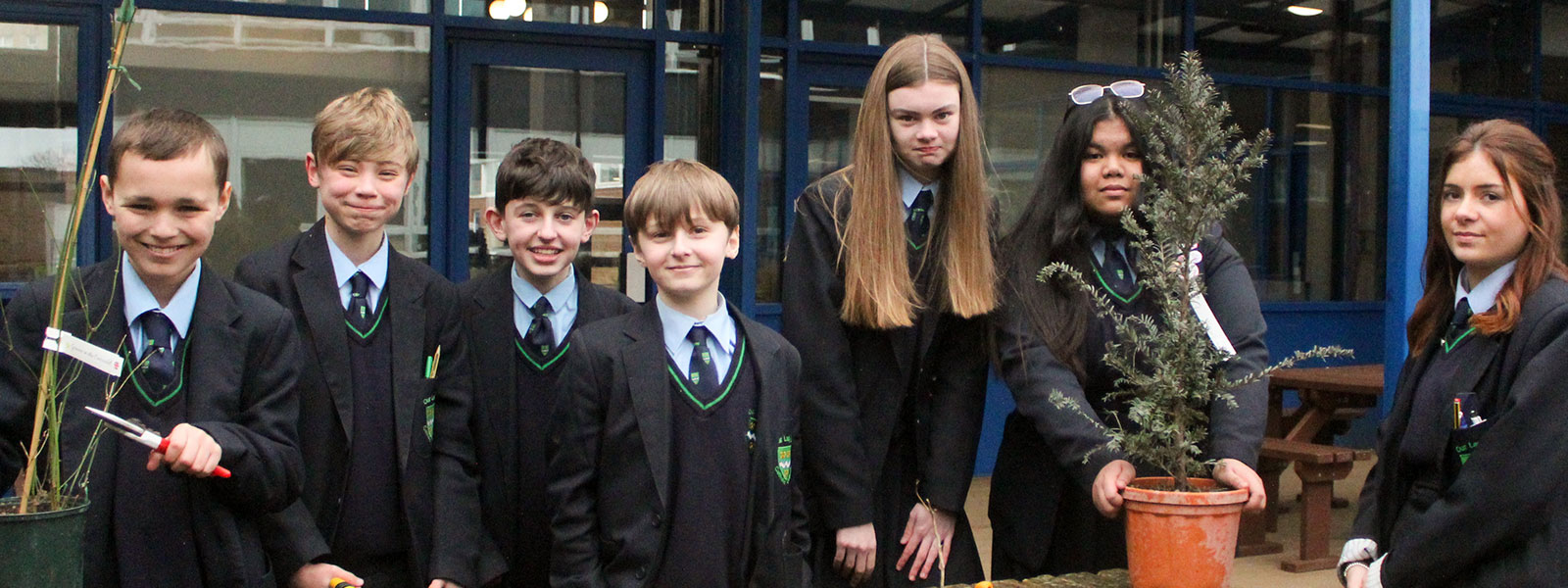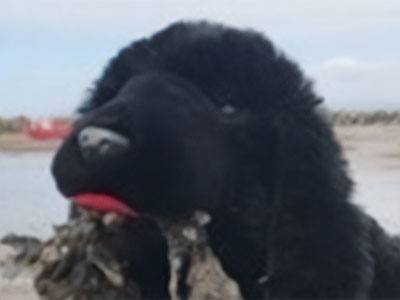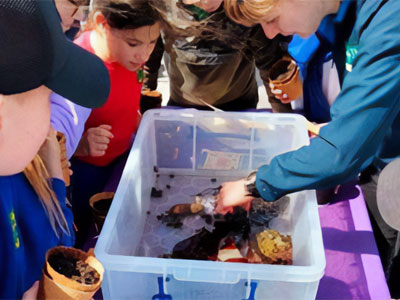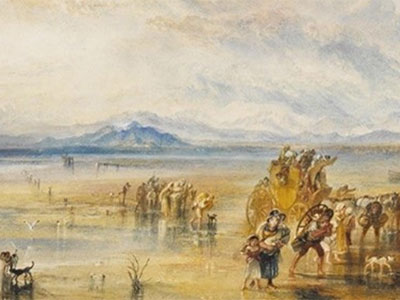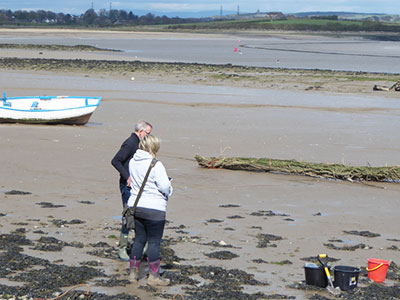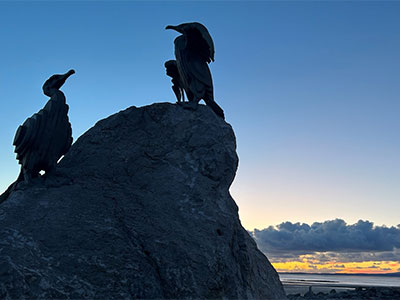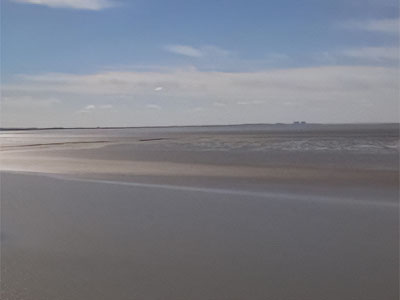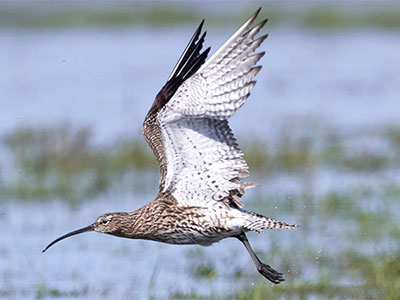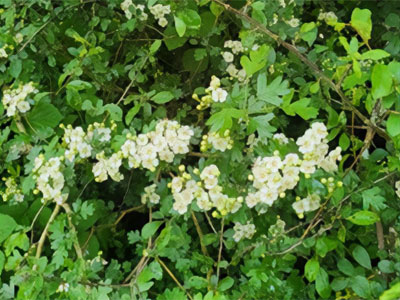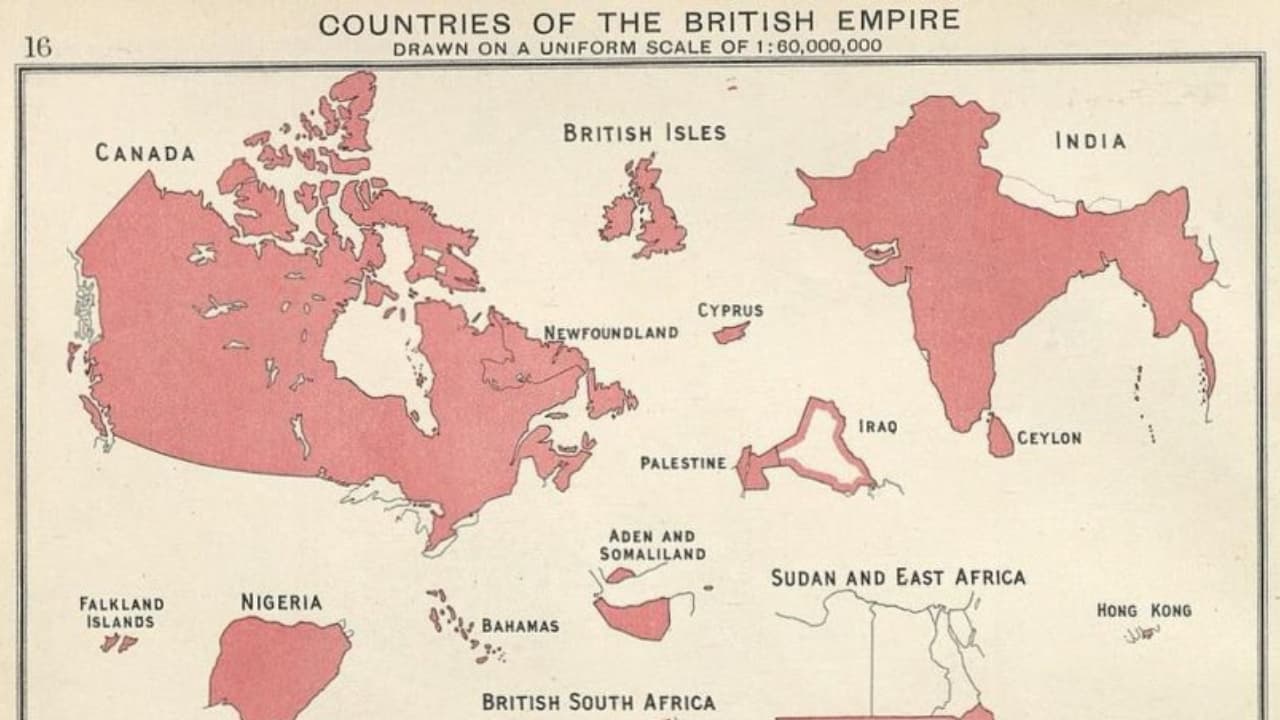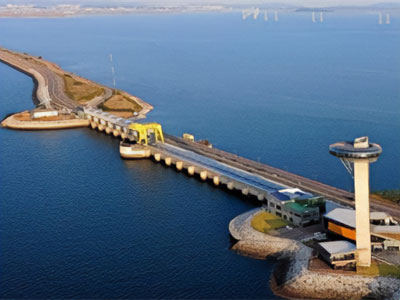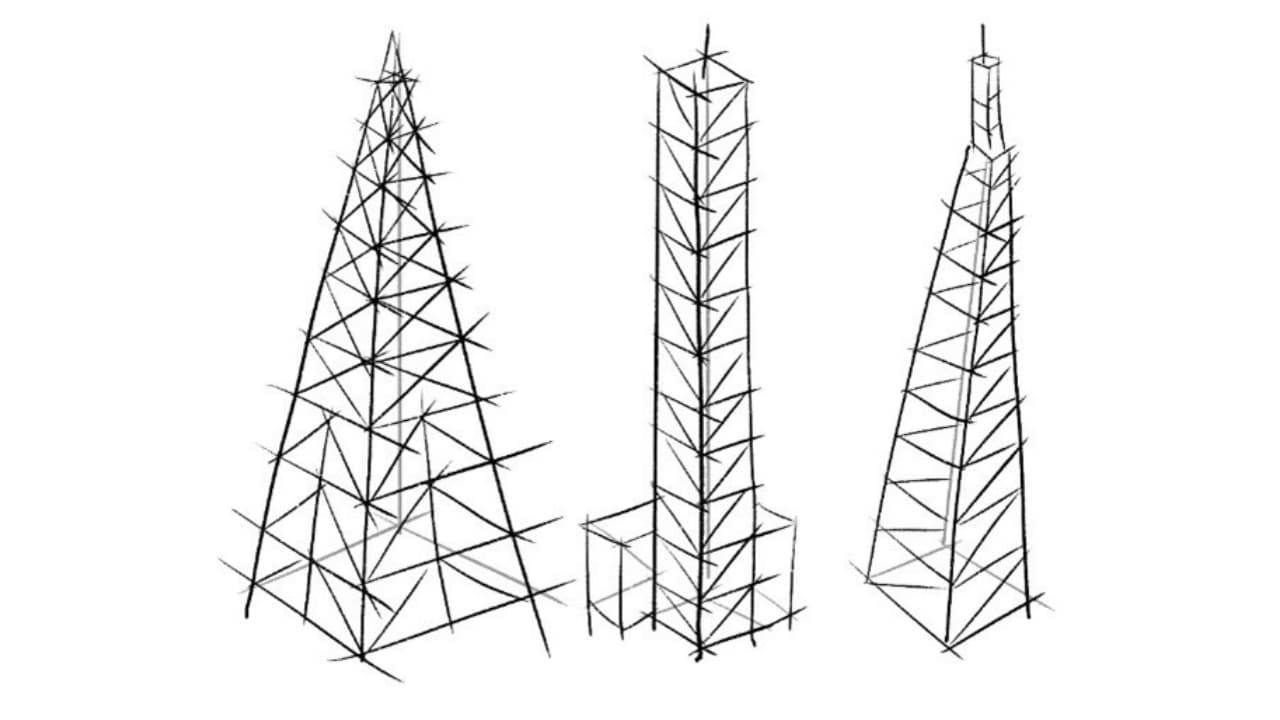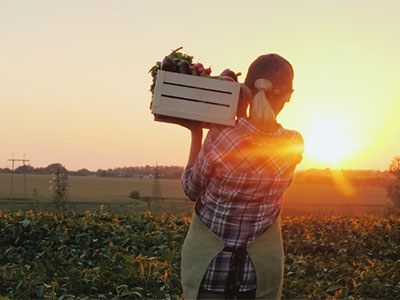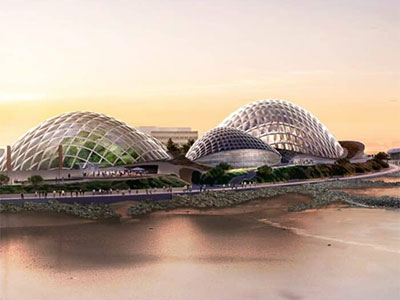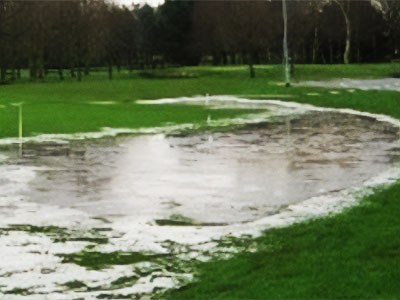Designed to support educators to feel more confident embedding climate-change, sustainability and nature into day to day teaching.
Co-designed by local educators and Lancaster University academics, these resources weave place, environment, sustainability and hope into the curriculum.
Time and time again, our educator working groups discussed the importance of having relevant, relatable and reliable environmental knowledge when discussing climate, sustainability and nature. It can be hard to find hopeful, sustainability-focused knowledge that we need to weave these themes into day-to-day teaching. Discussing climate change in the classroom can be anxiety-inducing for pupils and teachers. We designed these materials in the hope that they will support educators to feel more confident addressing these challenges. We hope that they are useful and can act as further inspiration for those wanting to embed these themes into their teaching.
You can read more about the origins of this project, the co-design process and the underpinning pedagogy by downloading the Resources for our Bay Booklet.
If you enjoy the teaching resources below and feel inspired to weave them into your practice, you will be glad to hear each subject has additional teaching resources available for you to download on the MBC Moodle (Virtual Learning Environment) which you can access for free as an MBC member. Sign up is quick and easy and you will be sent access to the Moodle within a week!
Sign up as an MBC member here!

